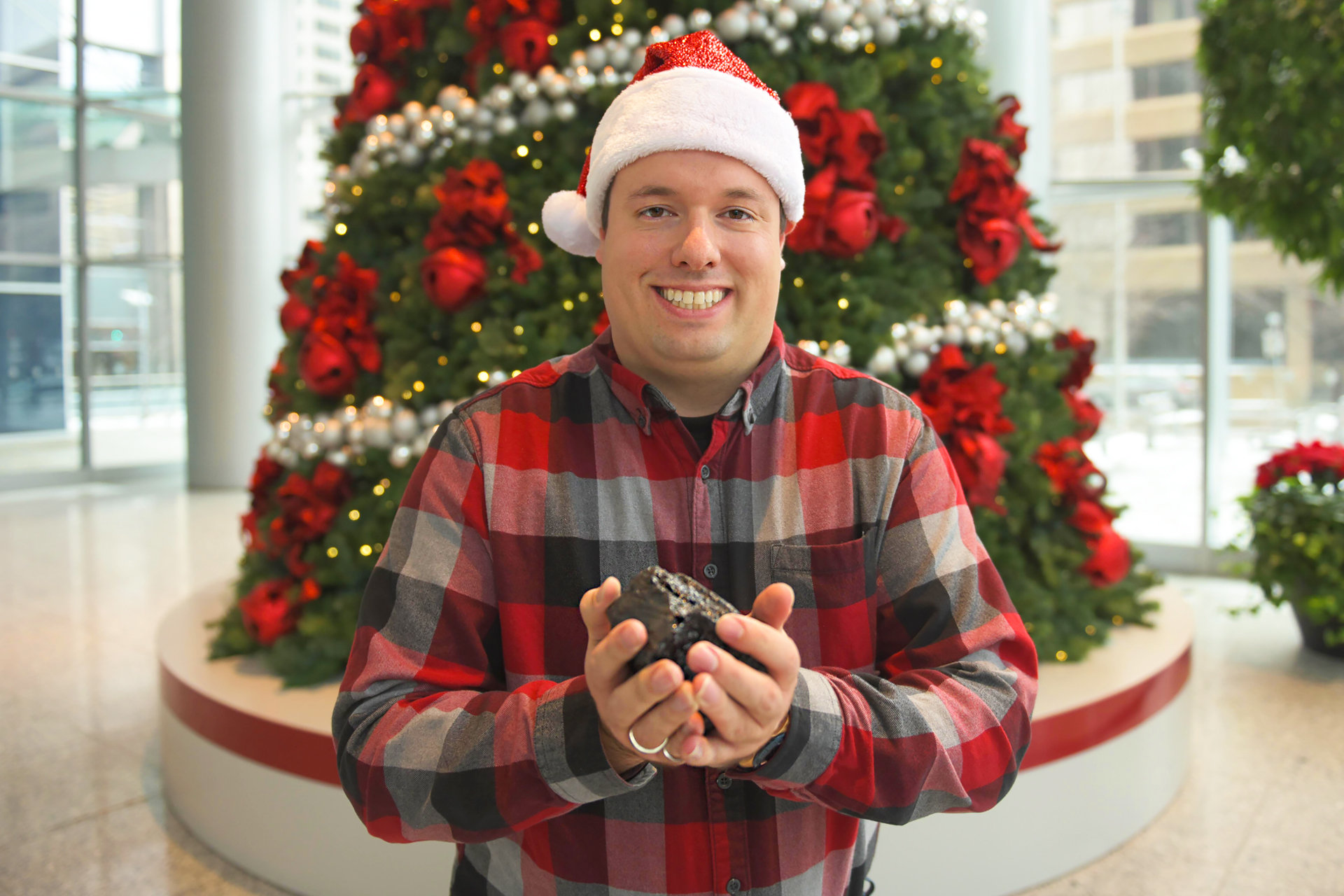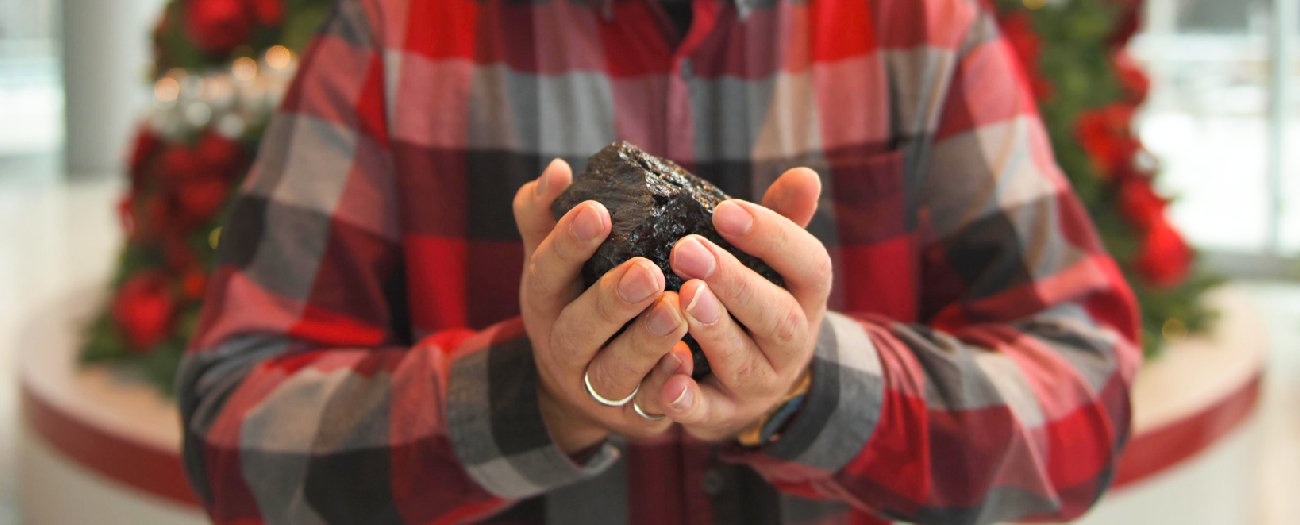The AER makes sure that coal mining happens safely in Alberta
Alberta - December 17, 2019Coal and Christmas have a history: Frosty’s eyes are fashioned from it, Scrooge is stingy about burning it in the office, and don’t get us started on the lump that Santa leaves you when you’re naughty.
Coal has also been a part of Alberta’s past and continues to play a role in its present. Before oil and gas, coal powered our province’s economy by heating homes, generating electricity, and fueling trains. It was also the first energy commodity to be exported from Alberta in the late 1800s.

By the 1960s, though, oil and natural gas mostly replaced coal as Alberta’s primary sources of energy.
Here are five coal facts that are good to know.
A swampy start. Alberta’s coal got its start hundreds of millions of years ago. As dead plants broke down in swamps and bogs, decaying plant matter slowly sank to the bottom and was buried under layers of sand and mud, forming peat. Then time, heat, and pressure hardened the peat into coal.
A wee a bit gassy. Coalbed methane, a form of natural gas, is a by-product of that process. The Alberta Energy Regulator (AER) regulates coalbed methane production—which accounted for around five per cent of the province’s total gas output in 2018—the same way that we do other natural gas operations.
Not just about the burn. Two main types of coal are found in Alberta: thermal and metallurgical. Thermal coal is burned to run steam turbines to produce electricity and is sometimes used to heat homes. Metallurgical coal, which is harder than thermal coal, burns at higher temperatures and is used for smelting iron and making steel.
Yes, it’s still mined here. You may have heard that coal is on the outs in Alberta. This is true as far as burning it to generate electricity, a practice to be phased out by 2030. However, coal will continue to be mined here for export. In 2018, Alberta’s production was 19.3 million tonnes, down from 24.5 million tonnes in the previous year. The AER forecasts that coal production will continue to decline going forward.
Making sure it’s mined safely. It’s the AER’s job to ensure that coal is mined responsibly in our province. Companies must submit applications and receive our approval to develop a new mine or expand an existing one. We conduct regular inspections and audits to make sure that companies are following our requirements, and take action if they’re not. At the end of a mine’s life, we require that all infrastructure is removed and the land returned to how it looked and how it was used (or similarly) before development took place.
You can learn more about coal and how the AER regulates it by visiting our website.
Now, About That Lump of Coal ...
The Internet is decidedly divided on the origin of coal as a punitive present for bad boys and girls.
While some sources point back to 17th century Europe as the start, others say it wasn’t until much later that the lump earned its reputation as a symbol of bad behaviour. It even appears that coal was considered a welcomed gift for poor families who relied on it to keep warm on cold nights. If you’d like to know more, this story from The Atlantic magazine delves into some details.
In the meantime, Happy Holidays from all of us at Resource! Here’s hoping that you’ve been good this year and your gift wishes come true.
John Ludwick, Writer


